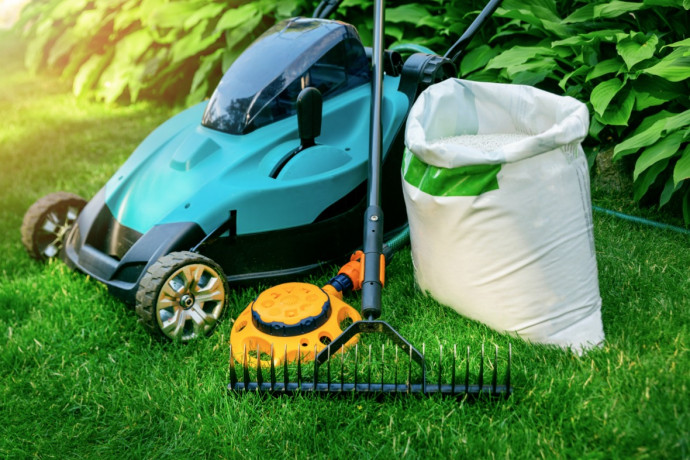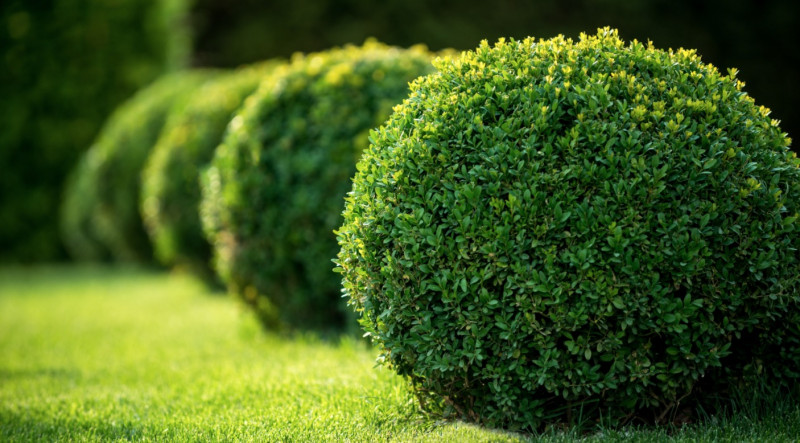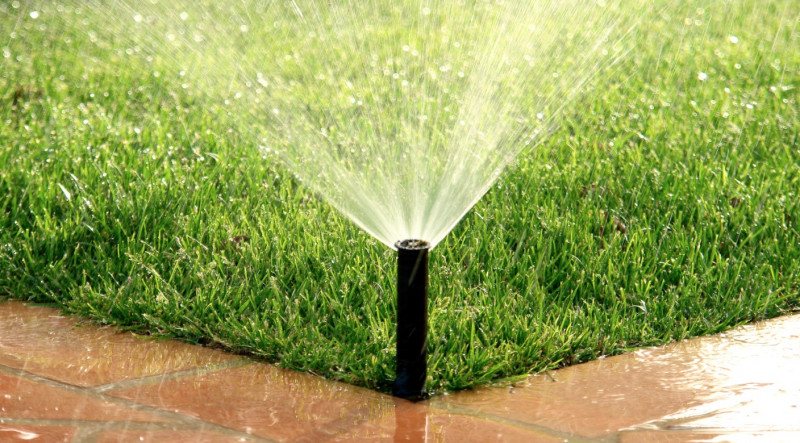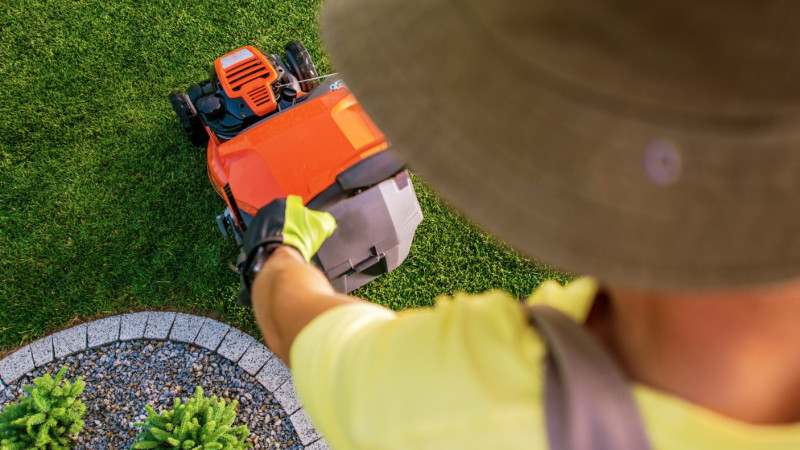Common Lawn Care Mistakes

A healthy, green lawn is definitely a satisfying sight for any outdoor lover at this time of year. The lush appearance and crisp edged cuts are an outward indication that the homeowner cares to present their best to the neighborhood. Every plant on earth needs a certain amount of water to keep it healthy and thriving. Turf grass requires more water than trees, shrubs and other plants because its roots are shallower than larger plants. Learn 6 most common lawn care mistakes to avoid.
Lawns are often misunderstood regarding the amount of water they truly need. Since grass roots remain in the top 6” of soil where evaporation occurs, it is important to provide the proper amounts of water for your soil at the correct times. Many homeowners will water their grass to the point of over-saturation while others will rarely water their grass and rely on rain as the only source of water it gets. During normal seasons, your lawn will usually need about an inch of water on a weekly basis to keep up the fresh green color as well as continuing growing capabilities.

Avoid These Commons Lawn Care Mistakes:
1. Do not neglect to plan
It is recommended to have a strategy in place before the growing season begins to determine how you are going to water your lawn. This plan should be adhered to carefully because going from watering faithfully to never watering and back again, will affect the grass’s abilities to absorb water and nutrients. Without the ability to absorb what it needs, the grass will eventually die off - even if proper water treatment is resumed.
2. Do not start too early
Late spring and early summer months might bring more heat, rain and humidity that could cause the lawn to grow at above normal rates. Your grass does not need to be watered immediately at this point! Look for the first sign of brown or yellow blades as well as indentations from shoes that don’t recover as telltale signs that the grass is in a stressful situation and will properly absorb water to revive itself.

3. Do not over do it
Water ordinary grasses deeply once or twice per week, if needed. Shallow, frequent watering leads to shallow, drought-vulnerable roots. Deep, less frequent watering encourages deep roots and improves drought tolerance. Make sure the grass is completely soaked through so that all the moisture seeps down into the soil and the roots. Once this is done however, you shouldn’t have to repeat this process again for another couple of days, depending on the weather. Watering too often can create an over saturated lawn that will be susceptible to more bugs, mildew and disease as well as the unpleasant appearance of weeds and crab grass leading to extra lawn maintenance in the long run.
4. Do not water at night
It is most effective to water your lawn in morning hours between 5-10am when the water will most successfully disperse into the soil and be taken in by your grass. This early morning drink of water given before the peak heat can hurry evaporation will allow for the lawn to absorb as much as possible before the day’s activity truly begins. Watering at night is not recommended as the water will sit on the soil too long creating a breeding ground for insects, weeds, mildew and disease.

5. Do not leave it to chance
There are many factors to consider when it comes to watering your lawn because no two lawns are identical. The amount of water your lawn will need each week during summer months depends on the weather. A healthy maintained lawn needs at least 1-1½ inches of water per week to penetrate the roots and keep it dense and attractive. The slope of your terrain and levels of shade in your yard are also factors to consider. A good way to determine how much water the lawn is getting while watering is to place empty tuna cans at varying distances from your sprinkler and note how long it takes to fill the can halfway or ½” of water. The total amount of water you apply to your lawn will be the difference between the acceptable requirement and the amount mother nature supplies, so make sure to keep an eye on the forecast!
6. Spread the wealth
It is essential that the entire lawn gets the same amount of water on a consistent basis. Distribute water evenly and slowly to prevent puddling or runoff. Using a hose with a spray attachment is not the best method because it tends to focus on one area at a time and, in turn, will lead to some parts receiving more water than others. A sprinkler attachment allows for a natural spreading of water to all parts of the lawn for equal amounts of time.

7. Remember - the grass is always greener where you water it.
Rainfall is the best source of water for lawns and usually takes place on a regular basis. First, let nature assist in any way it can in your mission but inevitably, a little supplementation will probably be necessary. Keep in mind that a beautiful lawn and water conservation aren't mutually exclusive. Whether you're motivated by water restrictions, good stewardship or rising water prices, you can do your part with simple water-conserving choices that make sense for you while at the same time maintaining healthy grass.
